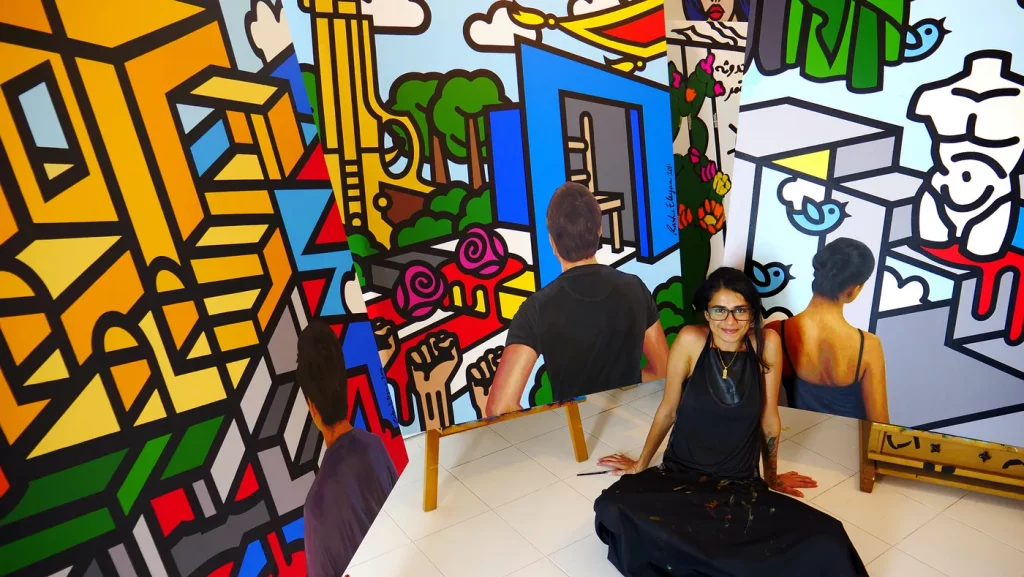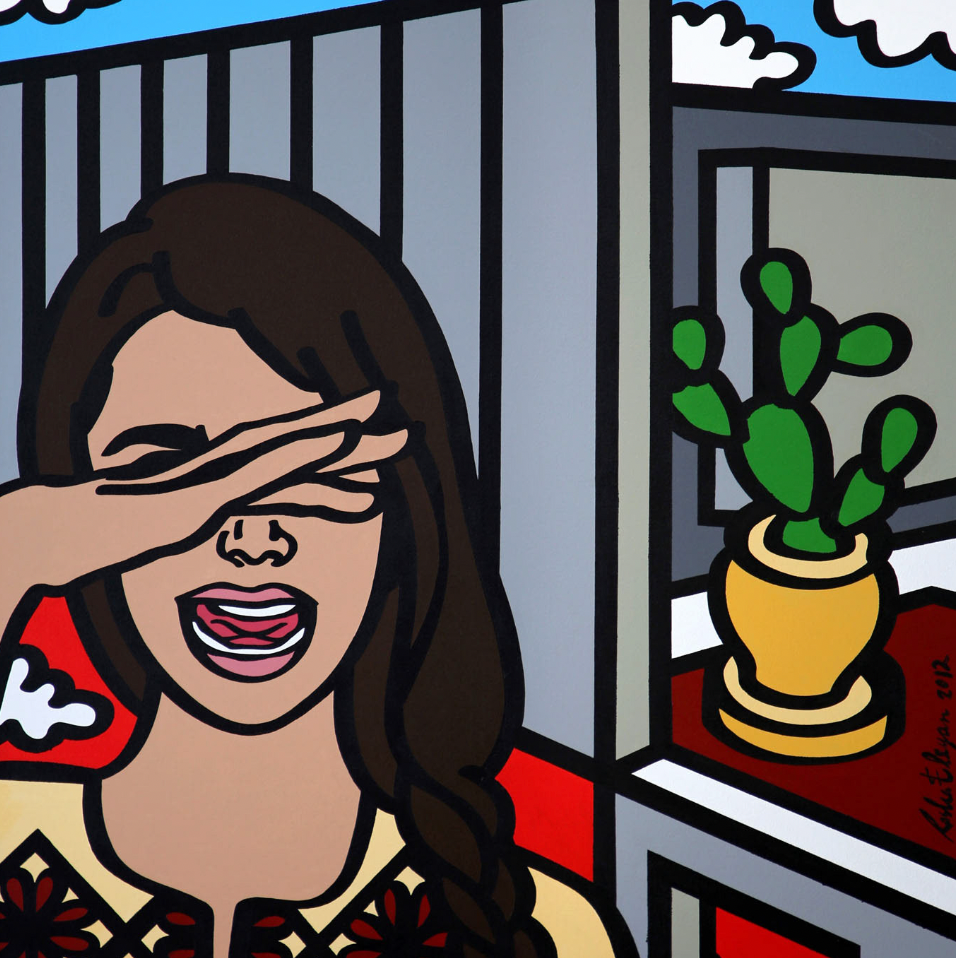The mixed media pop art of Rasha Eleyan

Rasha Eleyan is a Palestinian pop art artist who currently lives between the UK and Singapore. Born in Dubai to Palestinian parents, Rasha mixes classical styles and realistic work with modern pop art to create her work. For those in the know when it comes to Palestinian art, you may also know her father Nasr Abdelaziz Eleyan, an artist and TV producer, who mentored her throughout her childhood.
Rasha’s style has drawn the attention of many, having worked as a portrait artist for a variety of client around the world. Fun fact: Rasha used to work for Walt Disney Television International in Singapore!




I love pop art as a genre but Rasha’s work is especially vibrant and they tell stories beyond the usual motifs found in this genre. The mixed media is *chef’s kiss*
Palestinian art related: Rami Afifi on Palestinian art and pop culture and a guide to Palestinian cinema for newbies (by Hyperallergic)

